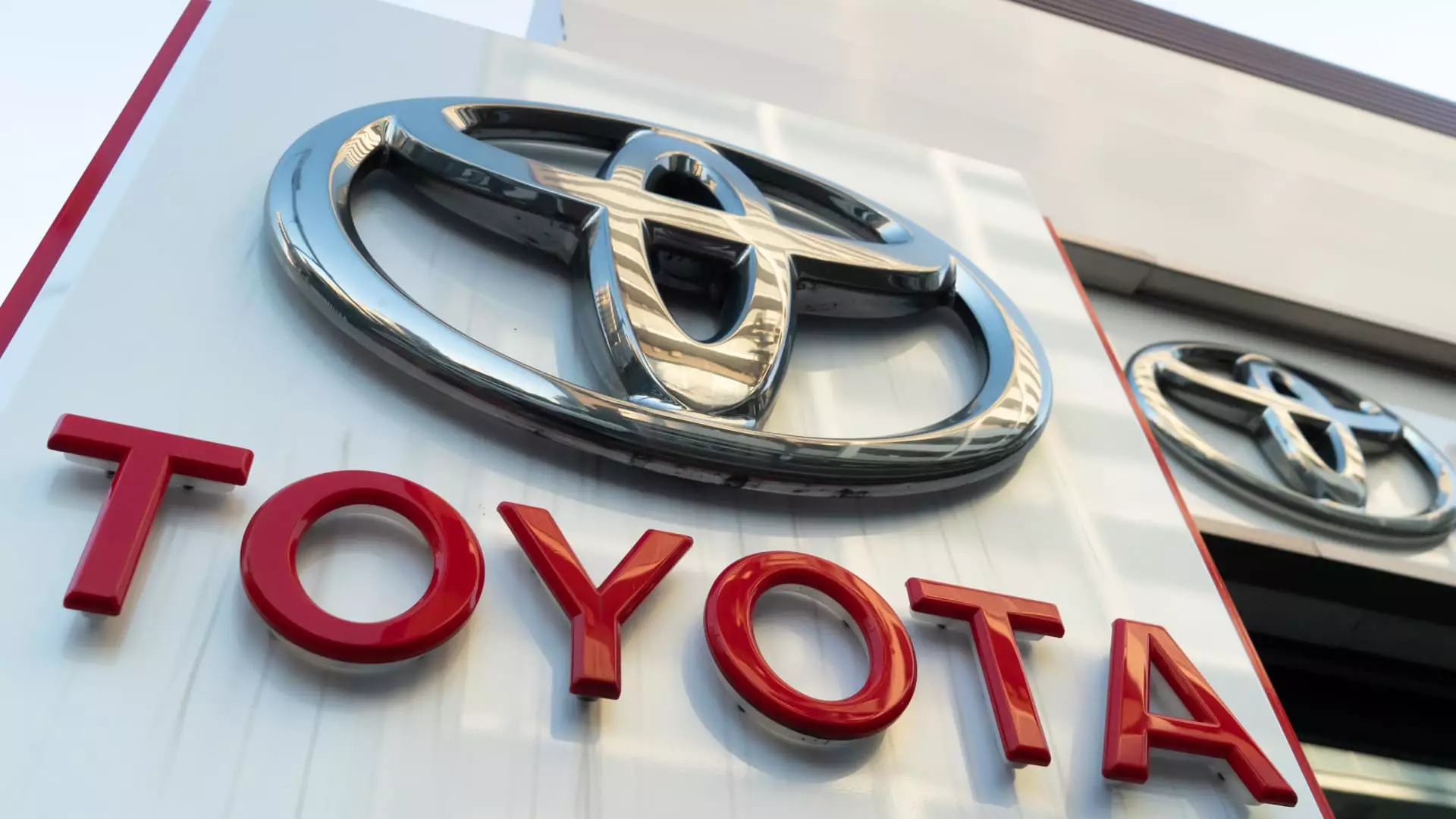The automotive industry is at a crucial crossroads as it grapples with the ambitious electric vehicle (EV) mandates set forth by California. Recently, Toyota Motor’s leadership expressed serious concerns regarding the feasibility of the California Air Resources Board’s (CARB) “Advanced Clean Cars II” regulations. These regulations, expected to be implemented starting next year, require that a staggering 35% of vehicles from the 2026 model year be classified as zero-emission vehicles (ZEV). Toyota’s fears are that these sweeping requirements may inadvertently narrow the market and limit consumer choice.
As stated by Jack Hollis, the chief operating officer of Toyota North America, there is a significant gap between the regulatory expectations and current market realities. Hollis emphasized that he has not encountered any credible forecasts suggesting that the 35% ZEV target is achievable within the timeline outlined. These regulations, while noble in intent, hinge on an adequate market demand that is presently lacking.
Although several states, along with Washington D.C., have adopted these EV mandates, compliance remains insufficient across the board. J.D. Power’s recent analysis highlights that only California, Colorado, and Washington have achieved over 20% retail sales of EVs or plug-in hybrid electric vehicles (PHEVs) this year. In stark contrast, states like New York, New Mexico, and Rhode Island are lagging with adoption rates below 15%. Overall, the national average for EV/PHEV adoption is a mere 9%, raising questions about the practicality of enforcing such ambitious regulations across diverse markets.
The underlying issue lies in the readiness of consumers to embrace electric vehicles on a larger scale. While there are efforts in place to increase infrastructure and availability, consumer hesitancy remains a significant barrier that must be addressed to align supply with mandated demand.
Hollis voiced concerns over potential “unnatural acts” that may arise in the industry as a reaction to the EV mandates. These unnatural behaviors could manifest as disproportionate distribution of electrified vehicles to states aligned with the CARB rules, potentially distorting the auto market as manufacturers scramble to meet regulatory compliance at the expense of marketplace stability. This could drive automakers to create a misalignment between supply capabilities and what consumers actually want, all under pressure from regulatory bodies.
The implications of this distortion are profound; it threatens to undermine the very innovation that the EV market is seeking to cultivate. Instead of promoting a diverse range of vehicles based on consumer preferences, the regulatory environment may inadvertently herd manufacturers in a direction that does not reflect genuine market demand.
One of the more significant takeaways from the discussions surrounding the new mandates is the overwhelming desire for unified standards across all states. Hollis highlighted the importance of a cohesive regulatory framework, arguing for a “50-state rule.” Such uniformity could ensure that all customers are treated equally, providing a fair marketplace for both customers and dealers alike.
The hope is that both California and federal authorities, including the Environmental Protection Agency, can work together to create a more achievable set of standards. If these bodies can harmonize their goals and expectations, the transition to electrification could potentially be smoother and more successful, benefiting both consumers and manufacturers.
As the automotive industry transitions toward electric vehicles, seasoned voices like Jack Hollis are raising important points about the practicality and consumer alignment of current mandates. While the push for zero-emission vehicles is a forward-thinking step toward sustainability, the implementation should also consider market dynamics and consumer readiness.
To foster a successful transition, harmonization of standards is crucial. Without it, the automotive market could experience unintended consequences that may stifle innovation and limit consumer choice, ultimately detracting from the overall goals of these ambitious regulations. The path forward requires cooperation among manufacturers, governments, and regulatory agencies to ensure that the shift toward electrification is both responsible and responsive to the market.

Leave a Reply